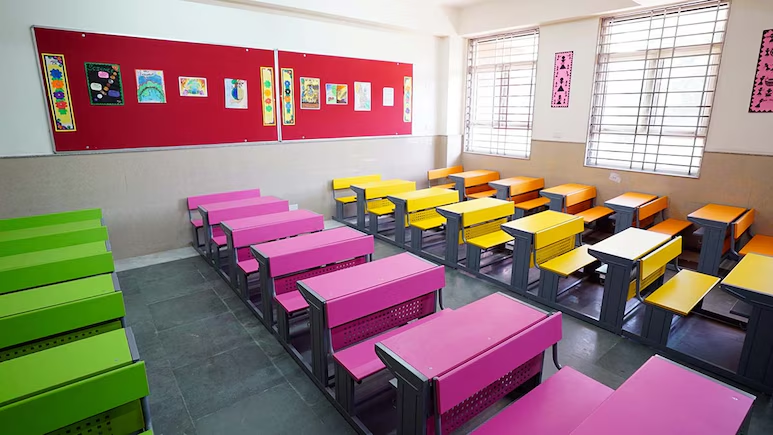
Researchers at the Indian Institute of Science (IISc) have developed a microparticle formulation that allows sustained release of drugs to treat osteoarthritis, a chronic joint condition.
They have, according to a statement from the Bengaluru-based institute, designed a polymer matrix made of poly (lactic-co-glycolic acid) or PLGA, an FDA-approved biomaterial, to encapsulate rapamycin, an immunosuppressant drug.
Preliminary studies on cells cultured in the laboratory as well as in mice models have shown promising results indicating reduced inflammation and cartilage repair due to sustained drug release, the statement said.
"In cell studies, rapamycin-loaded PLGA microparticles could release the drug for up to 21 days, and in animal studies, PLGA microparticles showed residence time up to 30 days after injecting the microparticles in the mice knee joint," says Kaamini M Dhanabalan, PhD student at the Centre for BioSystems Science and Engineering (BSSE), IISc, and first author of the study published in the journal Biomaterials Science.
Osteoarthritis is associated with the wear and tear of the cartilage ‒ the smooth tissue that protects bone joints ‒ caused due to stress or aging.
The current treatment plan revolves more around managing pain and inflammation than treating the disease.
Although several classes of drugs seemed promising in preclinical trials, low drug retention and rapid clearance from the target site have made clinical translation difficult.
The formulation developed by the IISc team, however, according to the release, has a residence time of up to 30 days at the target site, with no evident signs that it may cause discomfort to patients. “Such a sustained release system can improve patient compliance and reduce hospital visits”.
“Preliminary studies using this newly-designed formulation can potentially reduce the frequent medical intervention to once a month. Detailed studies are in progress to explore the functional potential in mouse models of osteoarthritis,” says Rachit Agarwal, Assistant Professor at BSSE, IISc, and senior author of the study.
